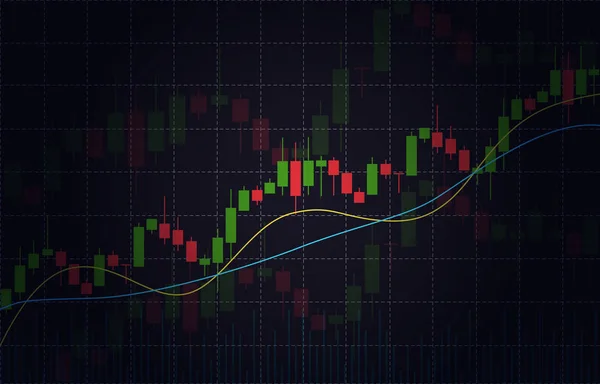VIX consolidated, pulling back to the bottom of its range before rising to challenge Long-term resistance at 13.35. Once above it, the next target may be the inverted Head & Shoulders neckline at 15.11. A buy signal has been made above its Intermediate-term resistance at 11.72. A breakout above the neckline suggests that the Ending Diagonal formation may also be at risk of a breach. An actual change in long-term trend may occur above the top trendline of the 15-month long Ending Diagonal formation at 18.50.
(ZeroHedge) Today, the WSJ picks up on this idea, and looks at a possible “feedback loop” scenario in which selling of volatility leads to even more selling of volatility, resulting in a market in which the VIX appears oddly disconnected from prevailing nervous sentiment. According to the WSJ’s Jon Sindreau, the theory, advanced by several money managers, bankers and analysts, “describes a type of feedback loop in which calm markets make selling insurance against sharp swings in asset prices profitable, which makes the markets more calm, which then makes selling insurance yet more attractive. And on and on.”
SPX closes beneath a trendline
SPX bounced from its Cycle Top support at 2342.79, closing beneath the trendline of the Orthodox Broadening Top near 2360.00. The SPX is on an aggressive sell signal. A break of Intermediate-term support at 2318.03 may send the SPX to its cycle Bottom at 1879.97, or possibly lower. The Cycles Model forecasts weakness in equities for the entire month of April.
(CNBC) Stocks closed flat Friday as investors parsed through a mixed employment report, a U.S. airstrike in Syria and comments from a top Federal Reserve official.
Talking at the Princeton Club of New York, New York Fed President William Dudley said the U.S. should consider small adjustments to the Dodd-Frank law, which toughened oversight for financial institutions.
“No one wants to be on the wrong side of this deregulation trade,” said Nick Raich, CEO of The Earnings Scout. The prospects of deregulation have been a boon for equities since the U.S. election.
NDX makes a new all-time high
NDX pulled back from a new high on Wednesday, remaining above the Orthodox Broadening Top and Short-term support at 5365.00. A loss of that support may create a sell signal in the NDX with a subsequent decline testing lower supports. A decline beneath mid-Cycle support at 4613.71 may bring a potential change of trend with it.
(ZeroHedge) According to Bank of America’s Michael Hartnett, citing EPFR data, in the latest week through April 5, there were $7.4BN in outflows from equities, the largest in 40 weeks. This consisted of $3.6bn in ETF outflows – largest in 40 weeks & first outflows YTD vs. $3.8bn mutual fund outflows.
By size & style: 3rd straight week of outflows from US value funds ($1.7bn), largest outflows from US growth in 10 weeks ($2.0bn); $0.9bn outflows from US small caps & chunky $10.3bn outflows from US large caps (largest in 82 weeks)
By sector: inflows to tech ($0.8bn, 5 straight weeks), materials ($0.2bn), utilities ($0.3bn), real estate ($0.2bn), infrastructure ($0.1bn); outflows from energy ($0.6bn, largest in 29 weeks), financials ($0.3bn), consumer ($0.2bn), healthcare ($0.1bn)
High Yield Bond Index violates Short-term support
The High Yield Bond Index rallied into Wednesday, then gave back enough to close the week beneath Short-term support and the Ending Diagonal trendline at 166.96. This confirms the sell signal in high yield bonds. The Cycles Model suggests weakness ahead that may last the entire month of April.
(Bloomberg) Investors are returning to the world’s second-biggest junk-bond exchange-traded fund after pulling out nearly $2 billion over the last year.
But are they planning to stick around? The answer may be in the oil market.
State Street Corp.’s SPDR Bloomberg Barclays High Yield Bond ETF averted the worst month in its history with a rush of inflows last week. The fund, which goes by the ticker JNK, still lost a hefty $926 million in assets in March, leaving it with just under $11.5 billion. It’s had only five worse months since its inception in 2007. And the outflows continued this week as a new month began. In the past 12 months, JNK has lost $1.8 billion of assets.
















Leave A Comment